AO Edited
Muslim Walls of Madrid
Among the oldest structures in Madrid, these Moorish walls once guarded the medieval city of Mayrit.
The remains of the Muslim Walls of Madrid (Muralla Islamica de Madrid) are among the oldest structures in the city. The ruins date back to the 9th century, when Muslims controlled the Iberian peninsula.
King Emir Muhammad I, the ruler of Cordoba at that time, ordered the walls built to fortify the Muslim citadel in the medieval city of Mayrit, as Madrid was then called. What remains of the old walls can be found today in his namesake park, Parque de Emir Mohamed. The former site of the old citadel is now home to the Royal Palace (Palacio Real).
The limestone and red brick construction of the walls, typical of Moorish architecture, is immediately recognizable in the ruins. Although a part of the structure has been lost to the construction of an apartment block, some sections were preserved after the site was declared a National Monument in 1954.
A fairly large portion of the ancient structure is still visible, giving a glimpse into the Muslim roots of Madrid, centuries before it became the capital of Spain.
Know Before You Go
The ruins of the Muslim Walls, also known as the Arab Walls (Muralla Árabe), are located in Parque de Emir Mohamed near the Royal Palace, right across from the crypt of Almudena Cathedral.
The park is only open on weekends and holidays, but you can still see the walls from outside the wrought-iron fence. Spanish-language plaques in the park give information about the history of the site.
The closest Metro station is Opera and is connected by lines 2 and 5. The walls are located about 700 meters (about a half mile) from there. The closest bus stop is Palacio Real and you can get there by buses 3, 31, 41, 50, and 65; walk about 110 meters (360 feet) to get to the site.
As a bonus, the walls are now home to a large family of stray cats!


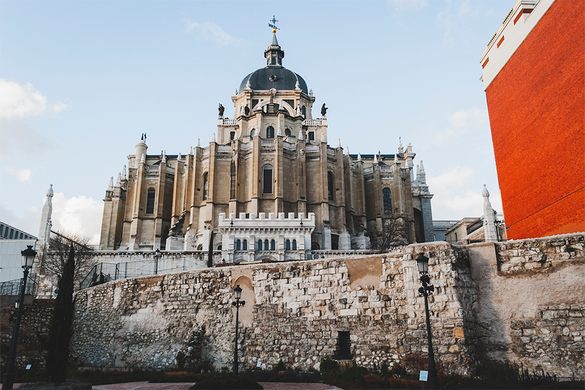
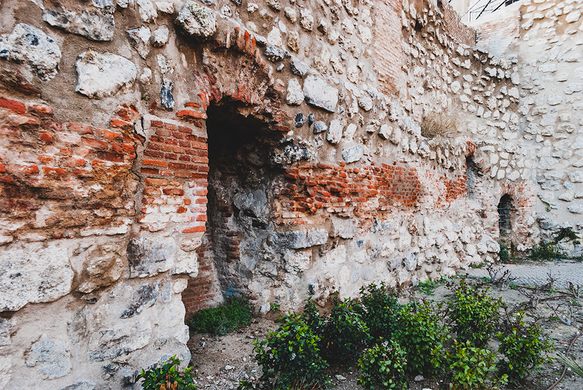
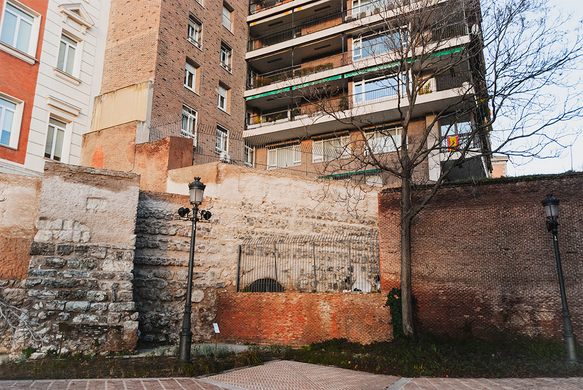
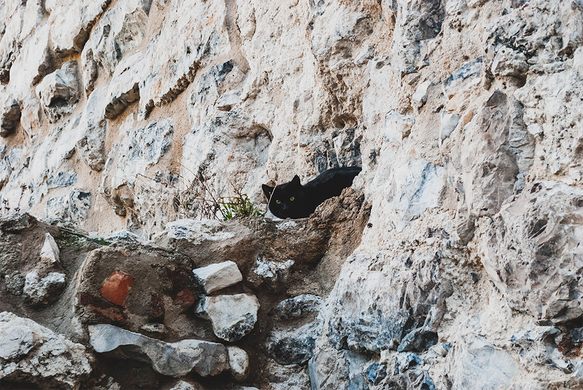
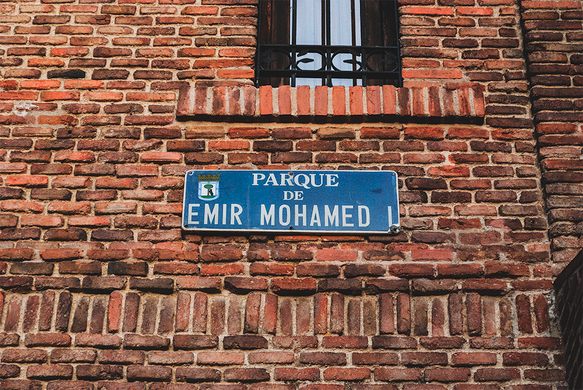
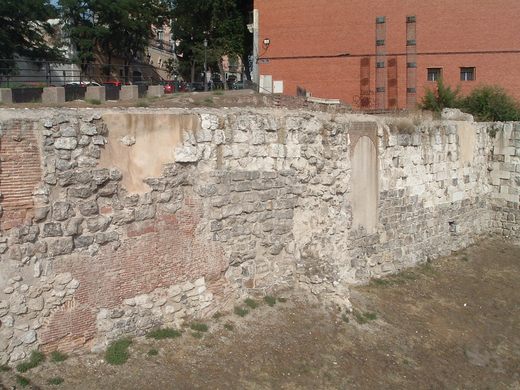










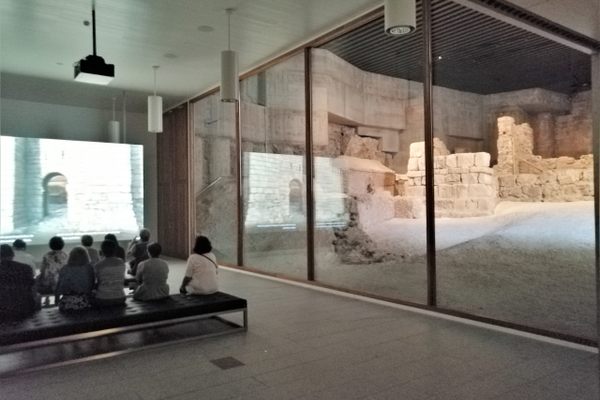
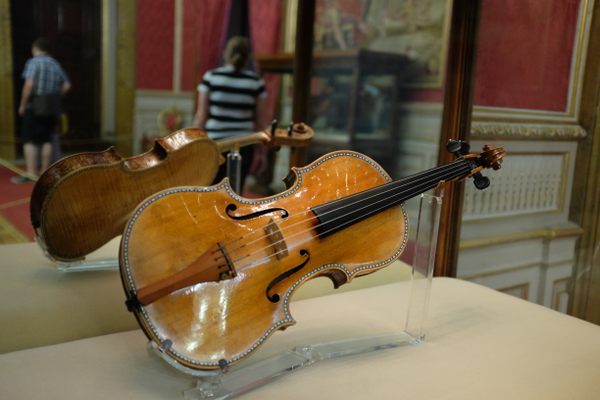
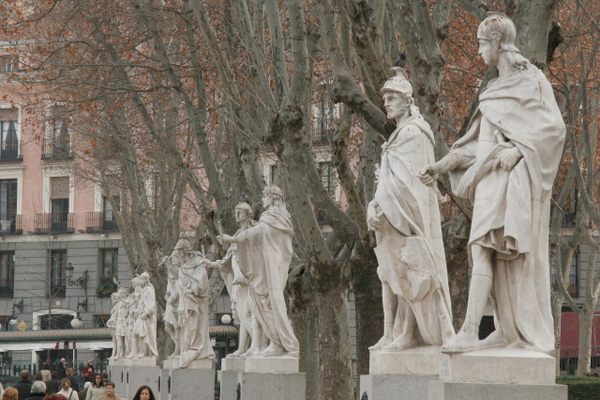






Follow us on Twitter to get the latest on the world's hidden wonders.
Like us on Facebook to get the latest on the world's hidden wonders.
Follow us on Twitter Like us on Facebook